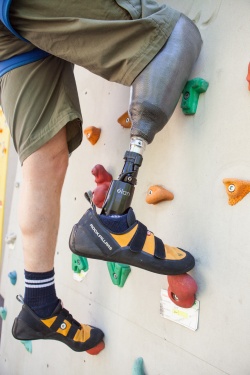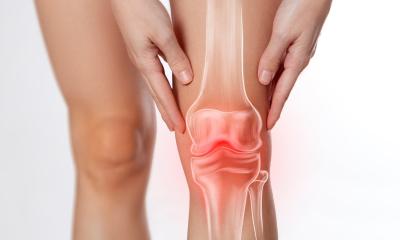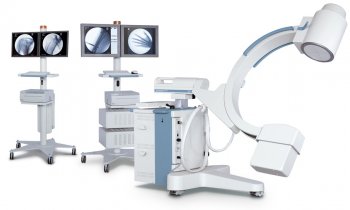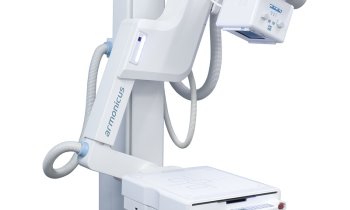Prosthesis
Just like a healthy foot
‘It’s like a new lease on life,’ says Wolfgang R, ‘I can feel the difference between grass and concrete again.’ Eight years ago the Austrian teacher‘s lower leg had to be amputated following thrombosis. Today, he is the first leg amputee, worldwide, to sport a sensory-enhanced prosthesis. ‘For the wearer the prosthesis is not a numb object, but a part of the body,’ says Dr Hubert Egger, who developed this unique and highly advanced device in the Department of Medical Engineering at the University of Applied Sciences, Upper Austria.
Report: Michael Krassnitzer

Just like a healthy leg, the sensory-enhanced prosthesis sends information from the sole to the brain. The new prosthesis is based on a commercially available high-tech prosthetic foot with auto-adaptive joint and a carbon sole by British manufacturer Blatchford. ‘The moment the wearer’s sole touches the ground the sensors register the pressure,’ Dr Egger explains. The electric signals are transmitted to the prosthetic shaft where actuators – similar to those we know from smartphones – start to vibrate. The vibrations are detected by receptors in the stump, converted into electrical signals and transmitted to the brain via sensory nerves.
However, the transmission process requires the stump to be surgically reinnervated. During an amputation, usually the nerves are severed for protection purposes deep inside the residual limb’s soft tissue. For the sensory-enhanced prosthesis to function these nerves are reactivated so they can transmit sensory information again, a procedure called Targeted Sensory Reinnervation (TSR). Severed residual sensory nerves are brought back to the stump’s skin to establish connections with the body’s receptors. In this particular case connections are realised at six points in the stump – where the prosthesis sensors are located.
The brain quickly learns to link the vibrations in the prosthesis with the sole. ‘We assume a new representation of the sole is created in the brain,’ explains Dr Eva Maria Baur, the senior physician at the University Clinic for Reconstructive Plastic and Aesthetic Surgery in Innsbruck, who performed the TSR.
A major benefit for the amputee: phantom pain subsides! ‘Scientists think post-amputation phantom pain is caused by the brain overcompensating the lack of sensory information in the cortical representation of the missing limb. The brain becomes increasingly sensitive up to the point where it creates signals autonomously,’ Dr Egger explains. When the brain receives information from the foot via the sensory-enhanced prosthesis it no longer has to overcompensate. The phantom pain disappears – as Wolfgang R. confirms. Before his new prosthesis was fitted he had to take opiates intravenously to manage the pain.
The inventor of the limb, presented in Vienna as a prototype, would like to see widespread use soon. ‘We are morally obliged to make this new technology available to as many people as possible,’ he underlines. He therefore offers his knowledge to technology companies free of charge and hopes that a start up will take this opportunity to enter the market and begin large-scale production of the sensory-enhanced limb.
PROFILE:
An electrical engineering graduate from the Technical University, Vienna, Hubert Egger gained his doctorate in Biomedical Technology and Physics there and at the Medical University Vienna and the Seibersdorf Research Centre. From 2000 to 2011, this native South Tyrolean worked for Otto Bock Healthcare Products, a Viennese-based manufacturer of prosthesis, where he developed a mind-controlled arm prosthesis (presented in 2007). The device is controlled by nerve impulses, transmitted via electrodes to enable intuitive and simultaneous movements. In 2012 Dr Egger became Professor of Prosthetics at the Upper Austrian University of Applied Sciences in Linz.
10.11.2015











